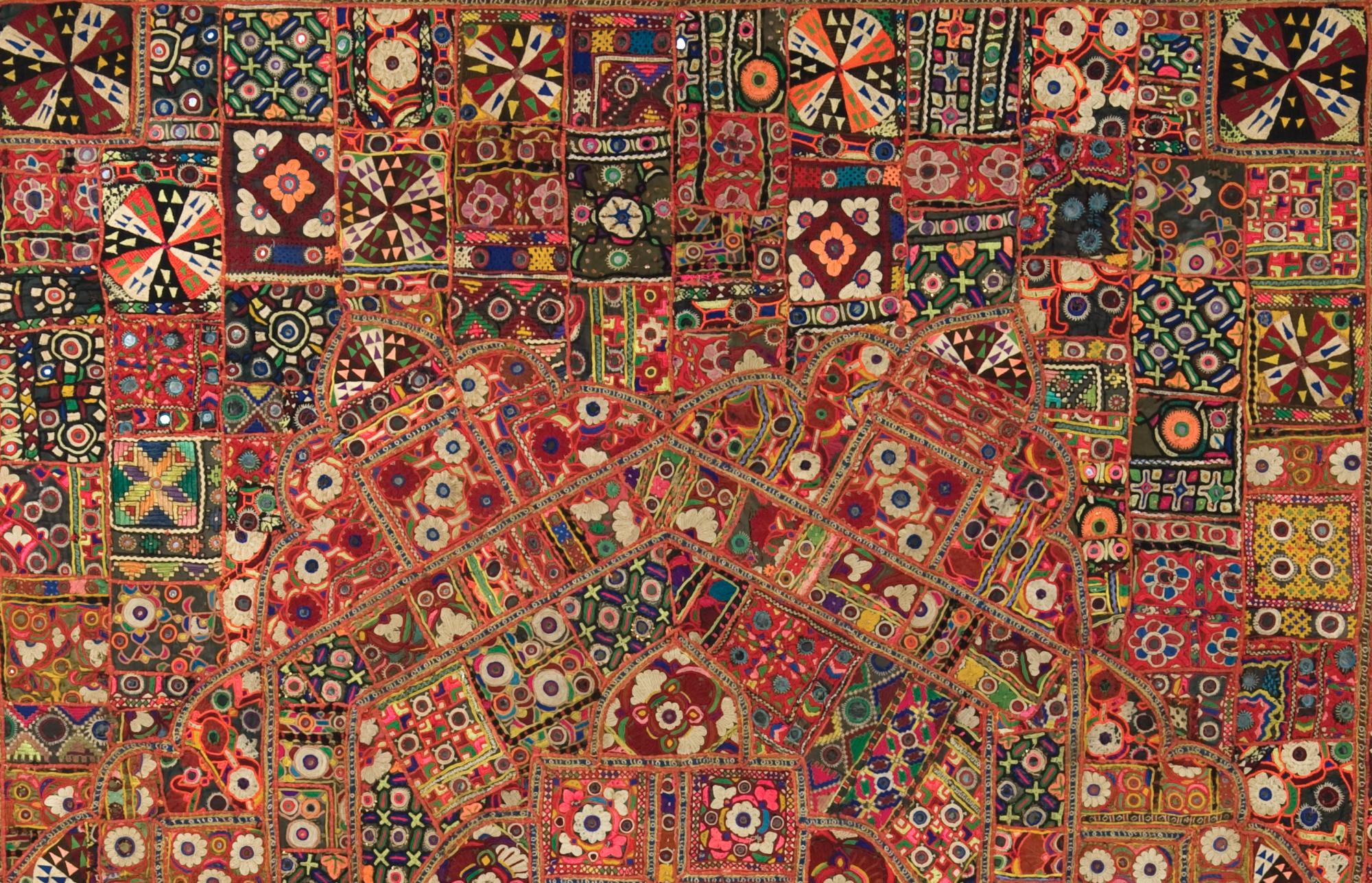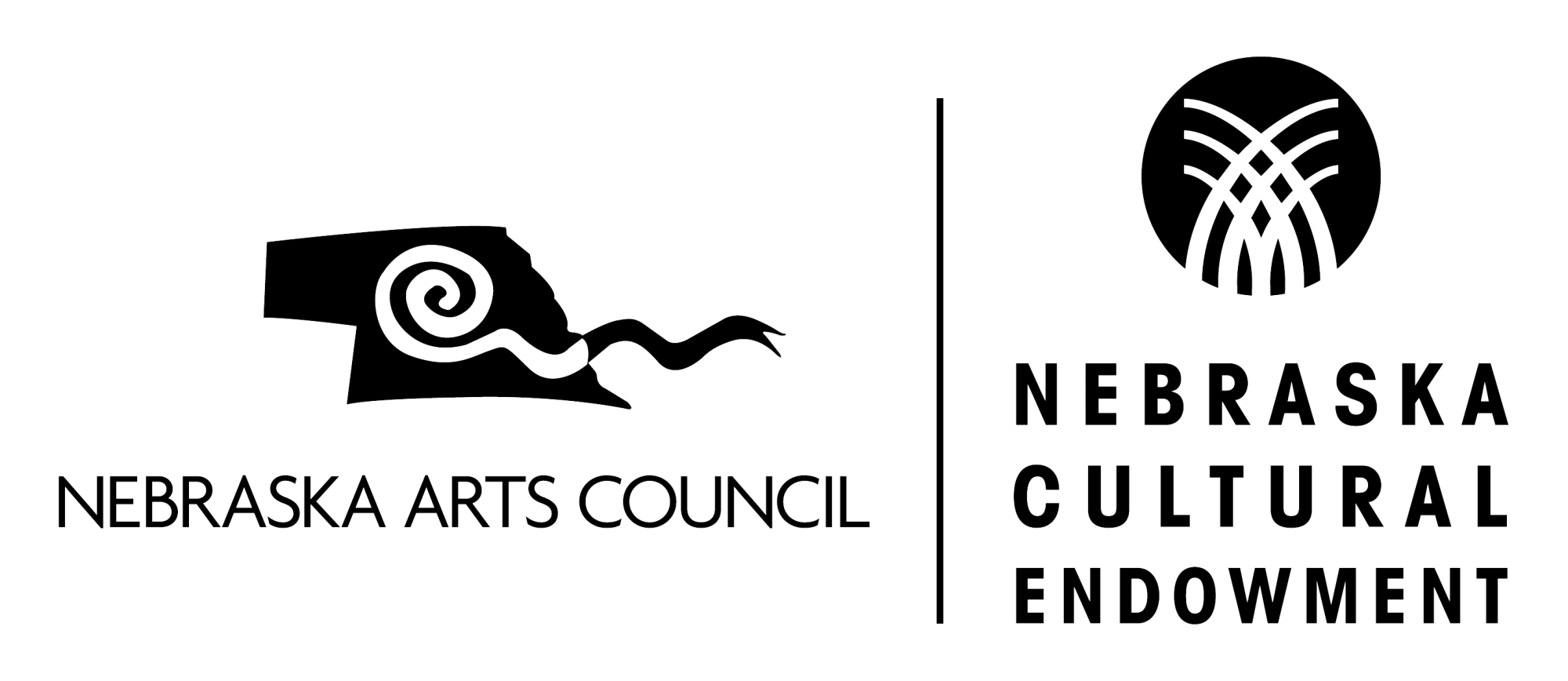
South Asian Seams
May 15-Nov 7, 2010
Quilts from India, Pakistan & Bangladesh

The quilts of South Asia are as diverse as the subcontinent itself. From the coastal plains and inland jungles of Bengal (which includes the country of Bangladesh and the Indian state of West Bengal) to the fertile flatlands and hills of Bihar and Maharashtra; from the beaches and jungles of Karnataka to the arid scrublands of Kutch in Gujarat; and from the Sindh in southern Pakistan, which includes the tribal areas of the Thar Desert, to the Indus valley farmlands of Punjab in the north, the quilts of South Asia are as varied as its people, who together represent a vast range of ethnicities, cultures, and religions.
As you view the quilts, you will travel through South Asia from East to West, a long journey since South Asia is about half the size of the United States. In the east, you will find kantha and sujani, whose dense and elaborate stitches hold together layers of recycled clothing.
Traveling into central and southern India, you will discover patchwork and embroidery in vivid palettes and haphazard formats.
Further west, you reach the land of the ralli, brightly colored patchwork and appliqué quilts made by the tribal groups that historically migrated regularly across today’s India-Pakistan border.
And as you travel through Pakistan, you’ll discover the embroidered rallis of the Saami tribe in the south as well as the multiple patchwork borders of the north.
Quiltmaking is an integral and vital part of South Asian culture. Much the same as here in the West, quilts serve both functional and symbolic purposes. They provide warmth as well as a comfortable place to sit; and they also commemorate special occasions and tell the stories of the lives of their makers. The seams that bring together different pieces of fabric in a quilt also represent the seams that bring together this vast region—its people, its cultures, and its shared tradition of extraordinary textiles. Discover the vibrant cultures of India, Pakistan, and Bangladesh through the textile riches of “South Asian Seams.
